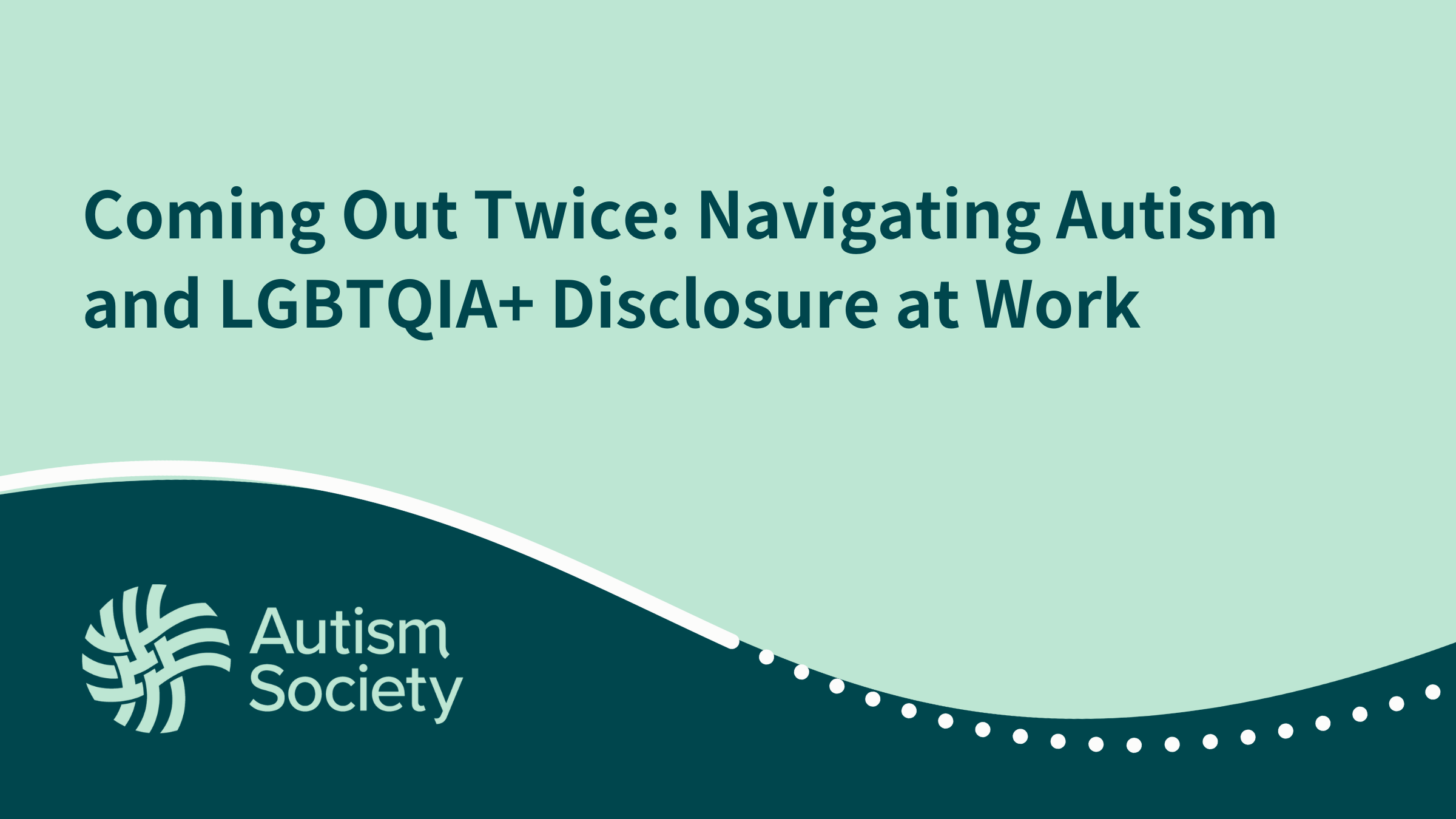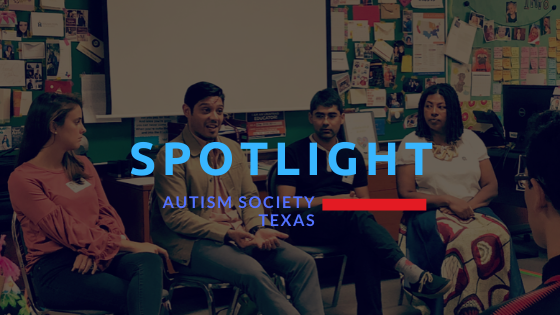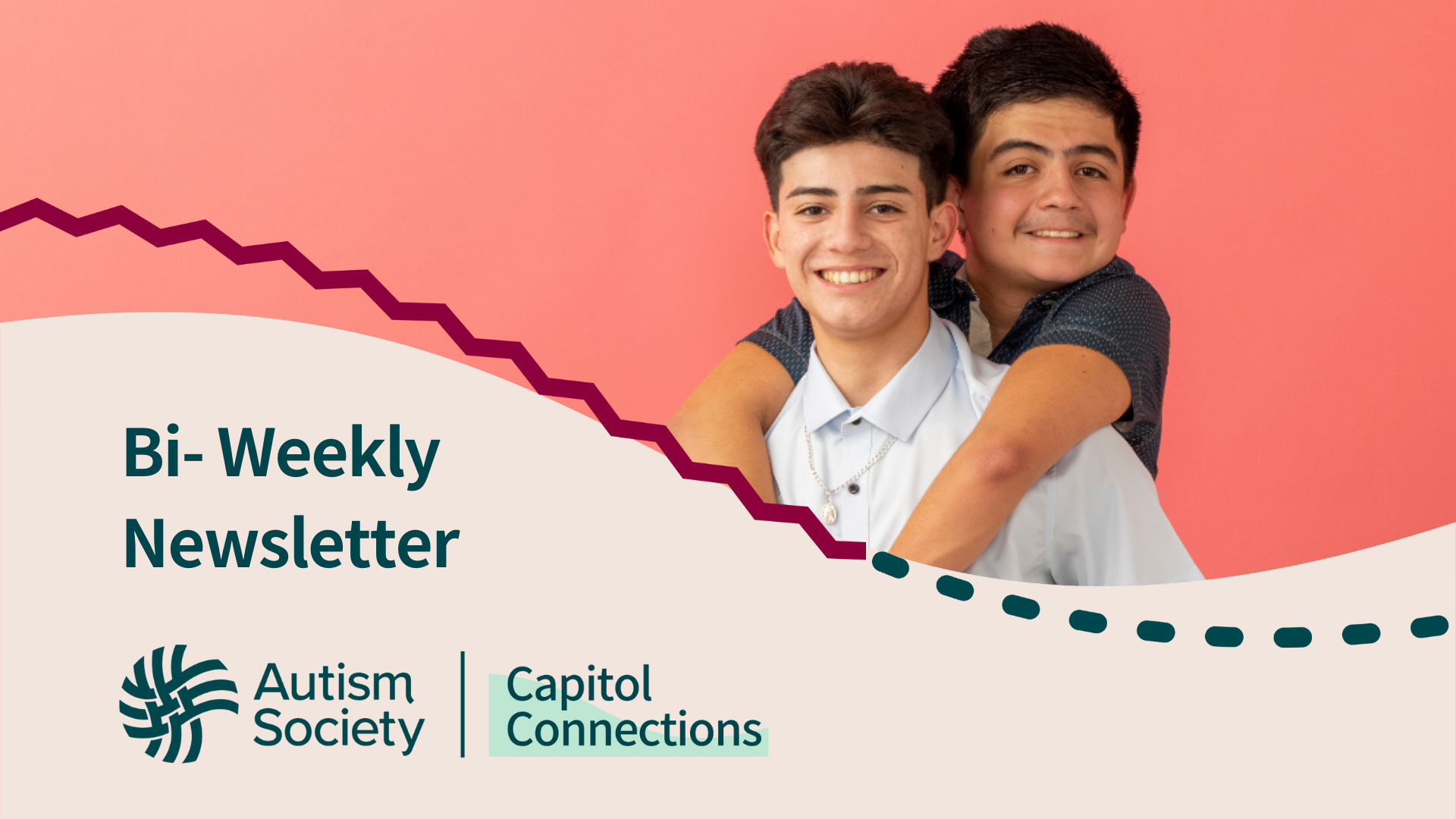
By Aaron Rock, Director, Employment Initiatives at the Autism Society of America
Rockville, MD, June 27, 2024 – For many individuals, the workplace is a significant part of their lives, and feeling accepted and understood in this environment is crucial. For those who identify as both Autistic and LGBTQIA+, the challenge of coming out at work can be doubly complex. “Coming out” in this context encompasses both the official process of disclosing one’s Autism and one’s LGBTQIA+ identity. Each disclosure carries its own set of challenges and considerations, and navigating these dual aspects of identity in a professional setting requires careful thought and courage.
Disclosing one’s Autism at work can be a daunting process. Many Autistic individuals worry about potential stigmatization, misunderstanding, or discrimination. However, disclosure can also lead to necessary accommodations and a greater understanding from colleagues, fostering a more supportive and inclusive work environment. Similarly, coming out as LGBTQIA+ at work involves navigating a landscape of potential biases and prejudices. While many workplaces have made significant strides toward inclusivity, there are still environments where LGBTQIA+ individuals may feel unsafe or unsupported. For someone who is both Autistic and LGBTQIA+, these challenges can be compounded. The intersection of these identities means that the individual may face unique forms of discrimination or misunderstanding that require a nuanced approach to disclosure and support.
Research has shown that there is a higher prevalence of LGBTQIA+ identities among Autistic individuals compared to the general population. This overlap means that many Autistic individuals are navigating multiple layers of coming out, each with its own unique challenges.
It is essential for employers to create a culture of acceptance where employees feel safe to share both aspects of their identity without fear of negative repercussions. This might involve training programs, awareness campaigns, and open discussions about neurodiversity and other intersections of identity in the workplace.
For me, it took coming to work at the Autism Society of America to come to terms with my own neurodiversity. As someone who has been out and part of the LGBTQIA+ community for years, this was a similar experience to that initial coming out. That this new journey felt very similar to the old one, but had a different sense of concern and fear of the outcomes. Unlike coming out as bisexual, this coming out means navigating complex medical and psychological tests and considerations. It means navigating family who don’t believe as strongly in my own neurodiversity, as they do my sexual and gender preference. There are struggles in coming out on both spectrums, but I encourage those of you who might be hesitant, that in finding a community, you can find connection and help in navigating those struggles. The LGBTQ community started as one of my anchors of support, and as I navigate this new identity, I’m excited to add to my supports.
I would encourage all of you to find that connection, and that when you’re ready, dive wholeheartedly into accepting who you are, and hope to be in the future. I know I’m getting there, and I know I’m not alone.
Additional Resources:
Share:




